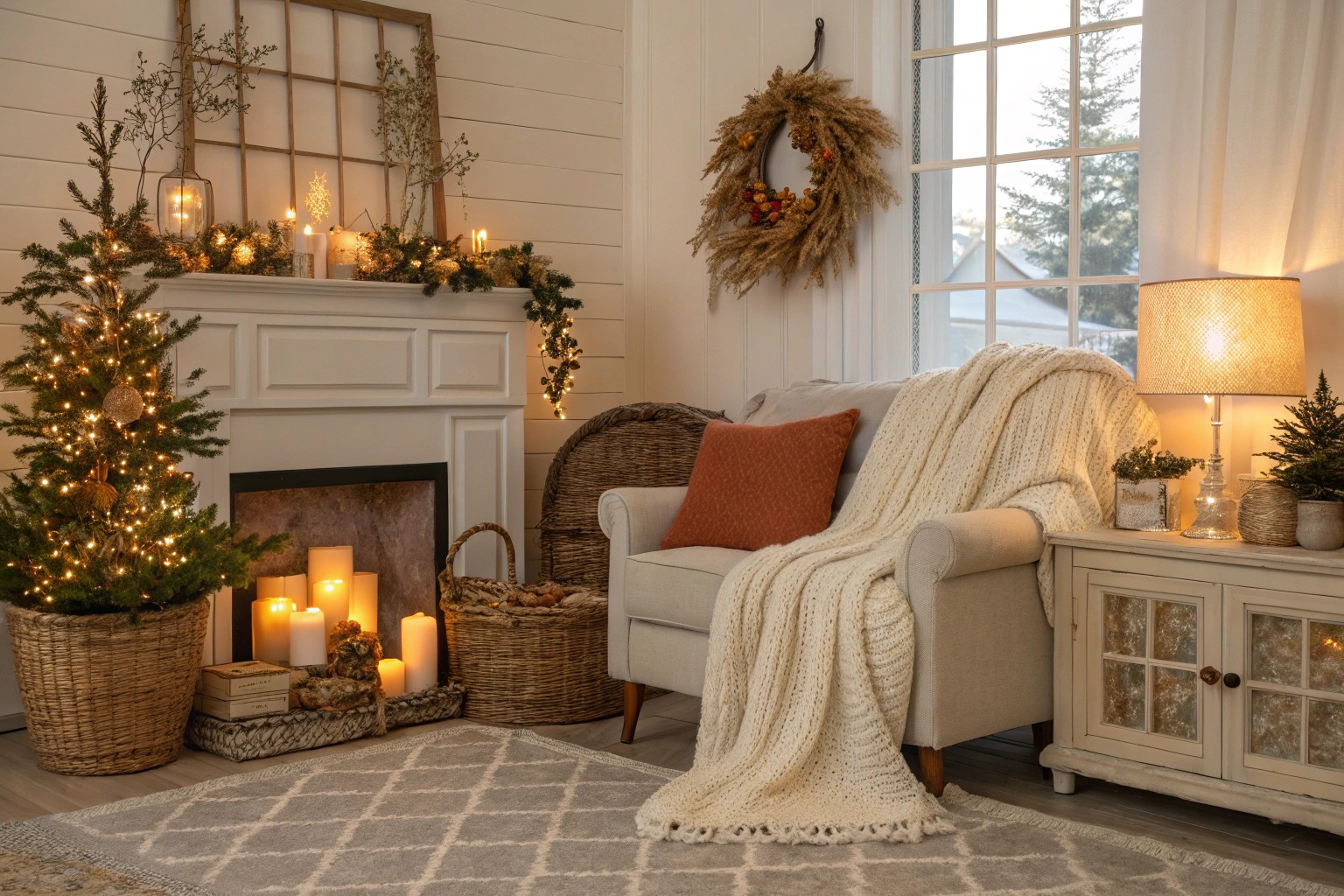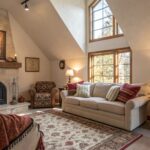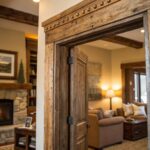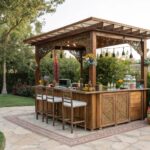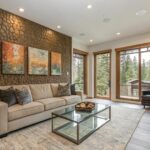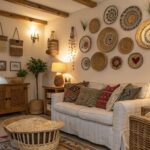Our homes are not just spaces we inhabit—they’re living records of our experiences, changing with us through the seasons of life. As we transition from winter’s embrace to spring’s renewal, summer’s vibrancy to fall’s warmth, our living spaces can both reflect and enhance these natural rhythms. In my fifteen years designing spaces that evolve with clients’ lives, I’ve discovered that the most meaningful homes incorporate intentional elements that mark time passing while maintaining timeless appeal.
1. Understanding Your Home as a Living Time Capsule
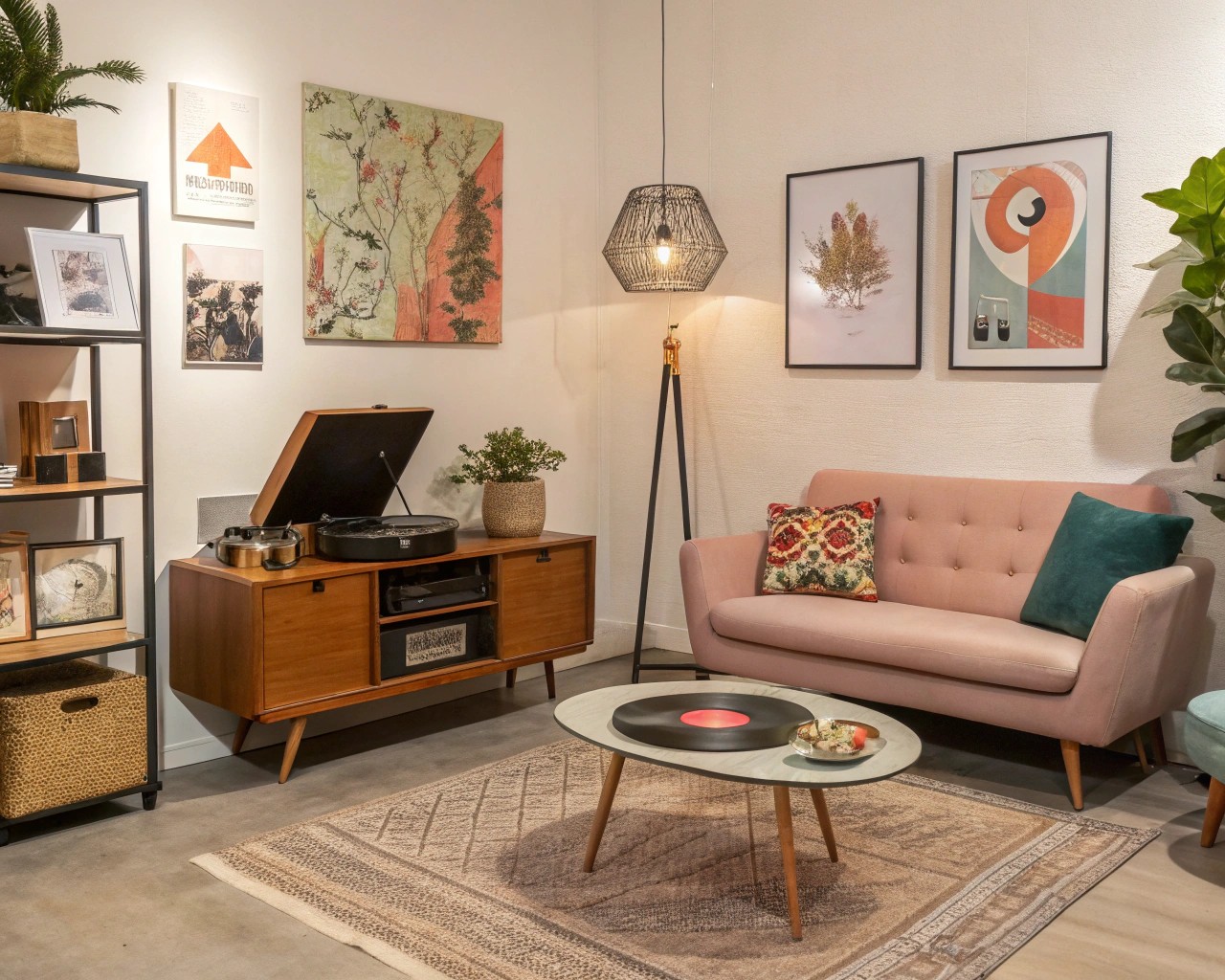
The concept of a “time capsule home” typically refers to properties that remain unchanged for decades, perfectly preserving a moment in design history. But I prefer to think of all homes as active time capsules—spaces that both preserve memories and remain responsive to our evolving needs.
One homeowner, documenting her 2020 renovation, shared her experience of feeling compelled to leave a hidden time capsule behind the drywall when the walls were opened up. This conscious act of preservation creates a hidden narrative within your home’s very structure.
You can approach your home as a time capsule in several ways:
1. Document Your Home’s Evolution
- Take photos of rooms before and after seasonal changes
- Keep a home journal documenting major design decisions
- Create digital albums of seasonal decorations year over year
2. Incorporate Elements That Tell Your Story
- Display family photographs in ways that can be updated seasonally
- Create gallery walls that evolve with your experiences
- Use meaningful objects as decorative elements, rotating them seasonally
3. Design with Seasonal Flexibility
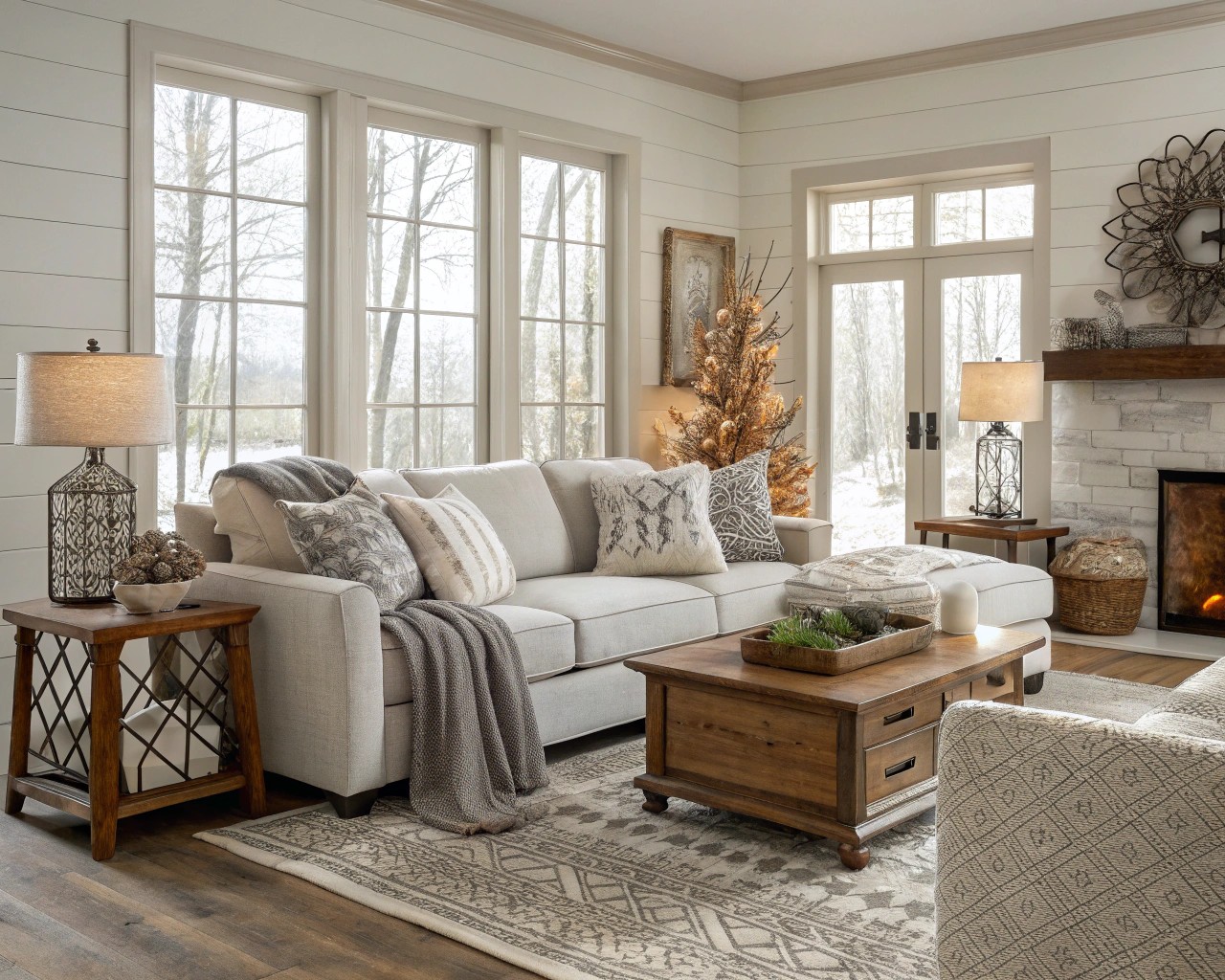
- Choose foundational pieces that work year-round
- Invest in quality staples that withstand trend cycles
- Create systems for easily swapping seasonal elements
2. Core Principles of Seasonal Home Design
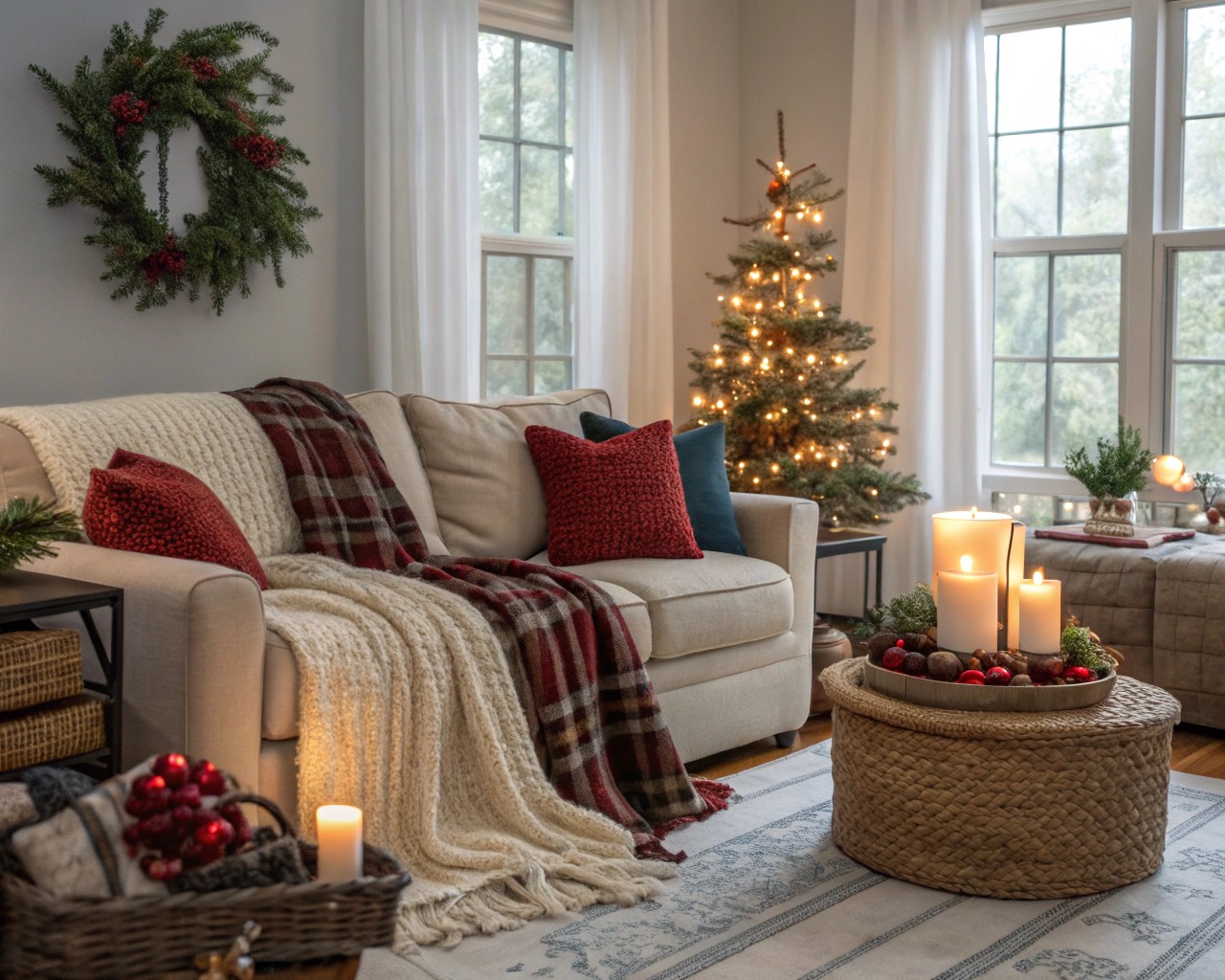
Designing a home that marks the seasons requires understanding how spaces can feel appropriate regardless of the weather outside. When working with clients in the Pacific Northwest, I often emphasize creating spaces that remain inviting during our long, gray winters while celebrating our glorious summers.
The Neutral Foundation Approach
| Element | Winter Adaptation | Summer Adaptation |
|---|---|---|
| Wall Color | Adds warmth through lighting | Creates cool backdrop for summer elements |
| Furniture Placement | Inward-focused groupings | Oriented toward outdoor views |
| Flooring | Layered with warm rugs | Exposed for cooler feel |
| Window Treatments | Heavy, insulating fabrics | Light, airy materials |
| Lighting | Multiple warm light sources | Minimal, cool-toned lighting |
For instance, arranging furniture to face outdoor views in summer can evoke a relaxed, holiday atmosphere, while orienting seating inward, perhaps around a fireplace, enhances warmth and coziness during winter. This simple adjustment costs nothing but significantly transforms how a space feels.
Designing for Year-Round Appeal
Creating a home that feels appropriate in all seasons requires thoughtful planning:
- Consider light patterns throughout the year
- Track how sunlight moves through your space in different seasons
- Design window treatments that can adjust to changing light needs
-
Place mirrors strategically to amplify natural light in darker months
-
Embrace natural materials that age beautifully
- Wood that develops patina over time
- Natural stone that tells the story of use
-
Textiles that soften and conform to life’s patterns
-
Create flexibility through modular design
- Furniture arrangements that can be easily reconfigured
- Storage systems that accommodate seasonal items
- Multi-purpose spaces that serve different needs across seasons
3. Room-by-Room Seasonal Design Strategy
Living Spaces: The Heart of Seasonal Change

The living room often serves as the primary canvas for seasonal expression. One client’s coastal home featured a neutral seating arrangement that we designed to transform completely between seasons:
- Winter Configuration: Seating pulled closer together, oriented toward the fireplace, with rich textured throws and velvet pillows in deep jewel tones
- Summer Configuration: Furniture spaced further apart, oriented toward views, with lightweight linen slipcovers and cotton pillows in coastal blues
Using a neutral palette for foundational elements like walls and large furniture pieces (think whites, creams, taupes, or grays) is a highly effective strategy. This allows for seasonal expression through easily swappable decorative items like pillows and throws, providing almost unlimited flexibility.
Kitchens: Subtle Seasonal Shifts
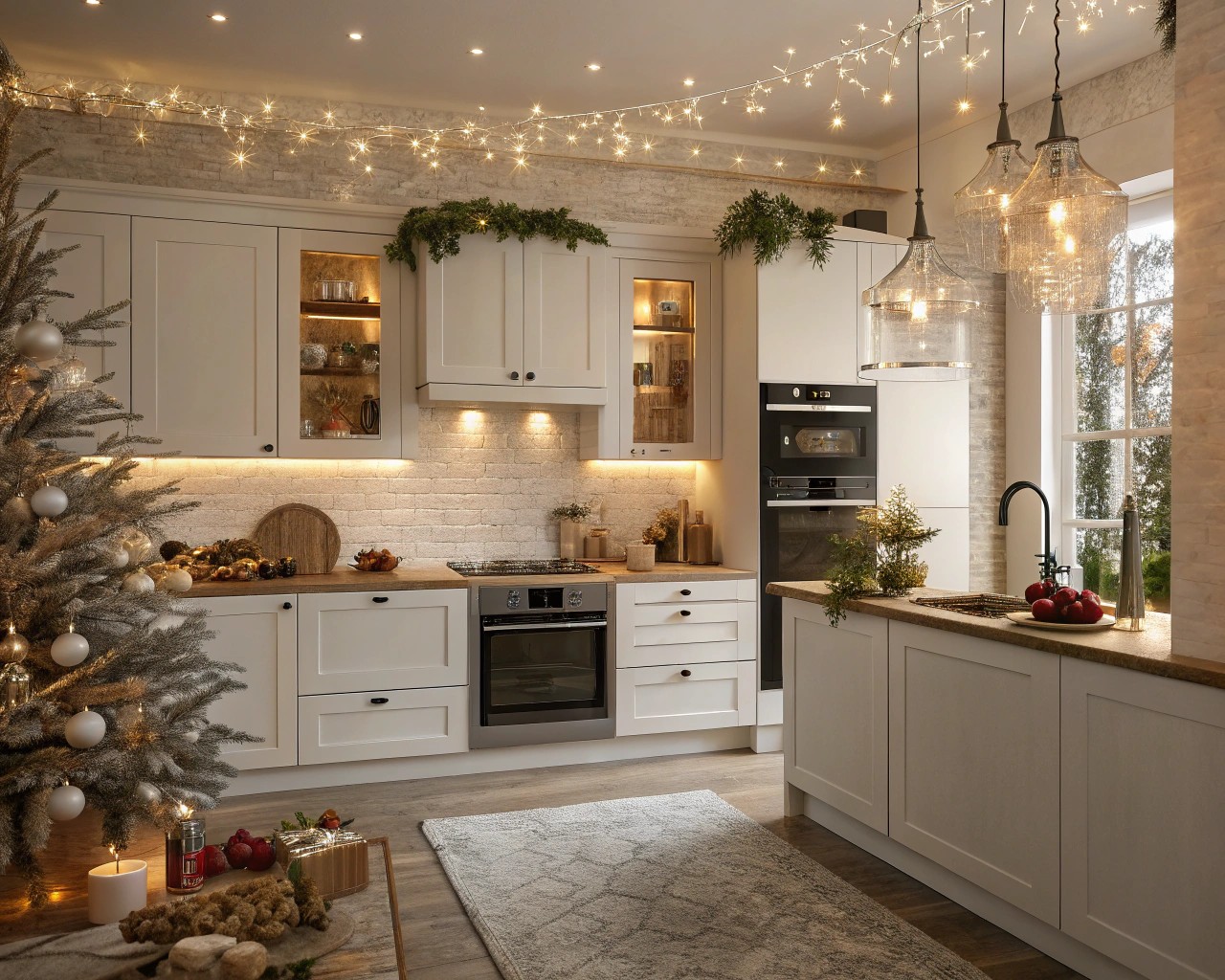
While permanently installed elements dominate kitchens, small changes can mark the passing seasons:
- Rotate displayed cookware based on seasonal cooking needs
- Switch out tea towels and small textiles
- Create a dedicated display area for seasonal produce
- Adjust lighting to create warmer ambiance in colder months
In one kitchen renovation, we preserved original cabinetry while adding a small seasonal display shelf. “Do NOT touch this kitchen! This is pristine mid-century modern and would be a crime to change” was our approach, maintaining the home’s historic character while adding functionality.
Gardens: Nature’s Time Capsule
Even in winter, gardens don’t need to be bleak spaces, as garden designers often emphasize. A thoughtfully designed garden serves as a natural calendar, with elements that shine in different seasons:
Year-Round Garden Design Elements
- Winter Interest: Evergreen structure, architectural plants, interesting bark
- Spring Appeal: Bulbs, early bloomers, fresh foliage
- Summer Beauty: Peak flowering perennials, lush growth
- Fall Drama: Foliage color, seed heads, late bloomers
In one New Forest garden project, for example, designers focused on incorporating visual interest from berries, stems, and textures during periods when flowers weren’t the main attraction. This approach ensures appeal regardless of the season.
4. Creating Intentional Time Capsules During Home Projects
Renovations provide unique opportunities to create literal time capsules within your home. When gutting a kitchen or opening walls, consider preserving a piece of your home’s history for future generations.
Items to Include in a Renovation Time Capsule:
- Documentation of your home
- Floor plans showing original and new layouts
- Photographs of the space before renovation
-
Notes about why you made specific design choices
-
Cultural context
- Newspapers from significant dates
- Local shop packaging or products
-
Current design magazines showing trends
-
Personal elements
- Family photograph
- Handwritten note to future homeowners
- Small object representative of your family life
One person recounted finding an original, but unusable, kitchen door during a project. Rather than discard it or store it indefinitely, they thoughtfully returned it to a hidden space within the kitchen, adding a note on a “quarantine postcard”. This kind of gesture creates a poignant connection across time.
5. Seasonal Transition Strategies
The most challenging design moments often come during seasonal transitions. I’ve developed a systematic approach with clients to make these changes feel natural and gradual:
Winter to Spring Transition (Late February/Early March)
- Week 1: Remove heaviest winter textiles, introduce small spring floral elements
- Week 2: Switch accent pillows to lighter fabrics, add first spring plant cuttings
- Week 3: Change heavier window treatments, introduce pastel accents
- Week 4: Complete transition with full spring décor elements
Making the shift from winter to spring décor involves gradually replacing heavy, dark fabrics with lighter materials. Similarly, wintry decorations can be swapped out for fresh greenery and floral motifs that symbolize rebirth and new beginnings. This gradual approach makes seasonal shifts feel organic rather than abrupt.
Summer to Fall Transition Strategy
Introducing fall décor can start by adding accents in warm autumnal colors alongside remaining bright summer elements. Then, gradually incorporate layered textiles, like throws and rugs, to build warmth as temperatures change. This layered approach works particularly well in regions with gradual seasonal shifts.
6. Case Studies: Homes That Tell Time
The Multi-Generational Family Home
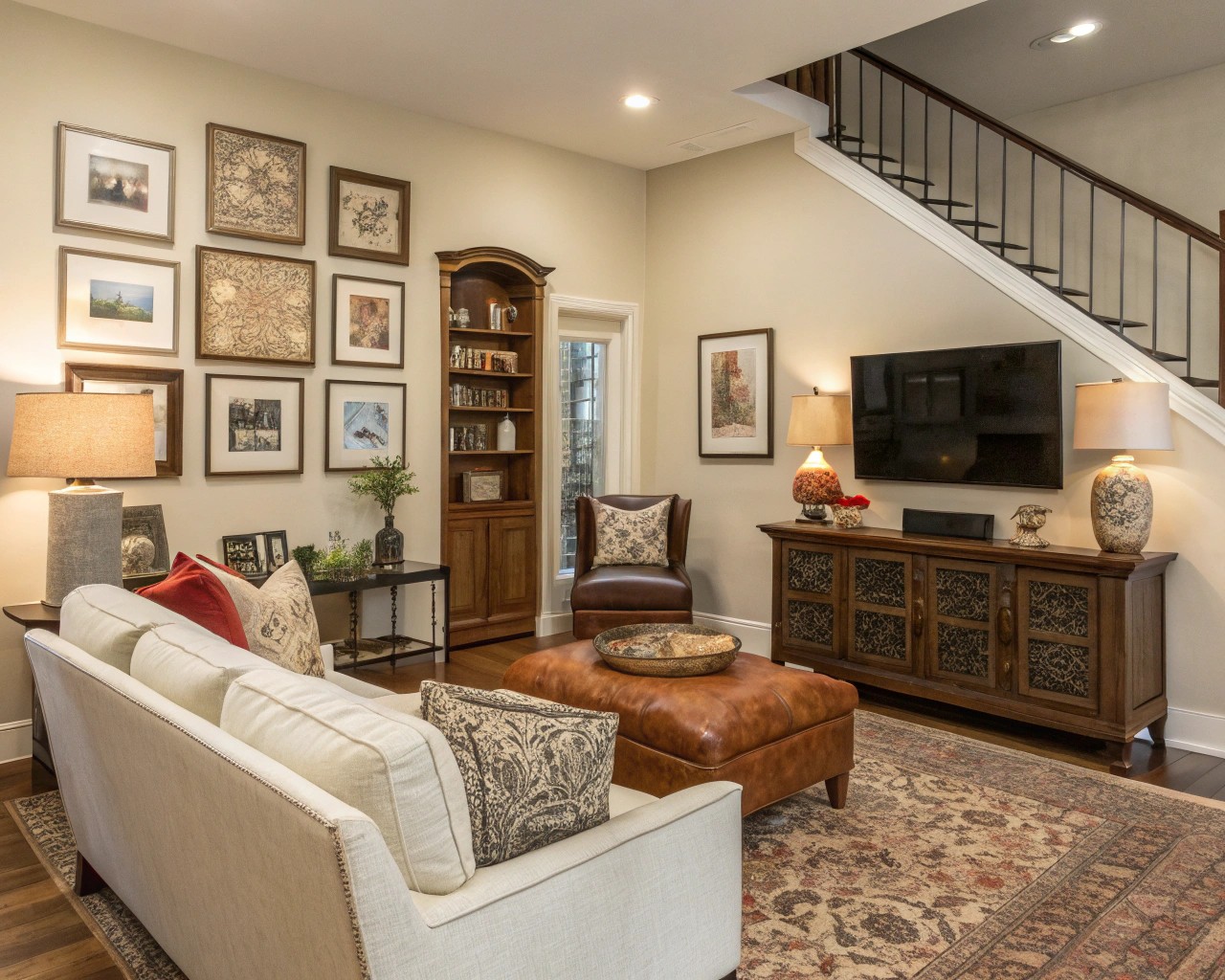
One of my most rewarding projects involved designing a home for three generations. The grandparents had lived in a classic “time capsule” mid-century home that remained virtually unchanged since the 1960s. Rather than completely modernizing, we:
- Preserved key architectural elements that defined the era
- Incorporated family heirlooms as seasonal rotation pieces
- Created a dedicated “history wall” with photographs from each decade
- Designed custom storage for seasonal items that told the family story
The resulting home honored its history while accommodating contemporary life—a living time capsule that evolved with the family.
The Seasonal Garden Transformation
For a couple in the Pacific Northwest, we transformed a nondescript suburban yard into a calendar of seasonal interest:
- Winter featured sculptural evergreens and colorful bark
- Spring showcased layered bulb plantings and flowering trees
- Summer highlighted pollinator-friendly perennials
- Fall brought dramatic foliage color and ornamental grasses
Specific evergreen plants were chosen to provide varied forms, such as the rounded shapes of Pittosporum tenuifolium (cheesewood), the upright structure of Euonymus japonicus ‘Green Spire’ (spindle tree) hedging, and vertical accents from Taxus baccata ‘Fastigiata Aurea’ (golden yew). This careful selection ensured year-round structure complemented by seasonal highlights.
7. Creating a Family Time Capsule
Beyond the architectural elements of your home, creating an intentional family time capsule can mark important milestones and seasonal traditions.
5-Step Guide to Making a Family Time Capsule:
-
Choose the Container
The first step involves finding a suitable container for the items. Key considerations are size – ensuring it can hold small mementos from each family member – and material, choosing something durable enough to withstand environmental conditions over time. -
Select Personal Objects
It’s often suggested that each family member selects one meaningful object. Adding a small note to each item can help recall memories when the capsule is eventually opened. -
Add Timely Items
Include items relevant to the current year, reflecting cultural moments, everyday prices (like cereal), popular entertainment, or significant events like major sports results. -
Document Current Favorites
To capture children’s personalities at a specific moment, consider including a list of their current favorites (colors, animals, foods) and their aspirations for the future. -
Set an Opening Date
Choose a meaningful future date for opening your time capsule, perhaps aligned with a seasonal celebration or family milestone.
8. The Designer’s Perspective on Time
As designers, we see homes differently than most. “Unlike architects, I tend to look at plans from the inside out rather than the outside in,” notes one designer. This inside-out perspective is crucial for creating spaces that evolve naturally with the seasons.
When I evaluate a home, I’m looking for:
- How light changes throughout the day and year
- Natural circulation patterns that shift with seasons
- Opportunities for both permanence and flexibility
- Elements that will gain character with time
- Spaces that can accommodate changing needs
The interior design process often involves both design and curation. Some fixed elements like architectural details (doors, windows), cabinetry, hardware, plumbing, and lighting require careful design and integration. Other components, including furniture, accessories, and textiles, fall more into the realm of curation, selected and arranged to complement the fixed elements. This balance between permanent architecture and flexible curation allows homes to evolve gracefully.

